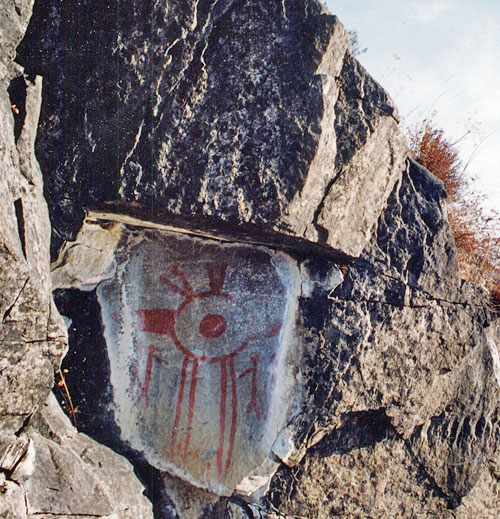
Local History
Prior to European settlement, Christina Lake was part of the region inhabited by the Sinixt First Nations group. Also known as the Arrow Lakes People, the Sinixt were an Interior Salish people whose territory stretched roughly from the Monashees to Kootenay Lake, from Revelstoke to north-east Washington.
Declared officially ‘extinct’ by the Canadian government in 1956, the Sinixt have in actuality been living in disapora for most of this century, the result of European settlement and industrial development (including mining and dam construction), disease and governmental policy. The scattering of the remaining Sinixt in the early and mid-twentieth century left them without official status in Canada, effectively removing them from treaty negotiations and from the inscribed history of the area.
Petroglyphs located at various points along the north-east lakeshore are evidence of these first inhabitants, and offer a tantalizing glimpse into a past that remains largely unspoken.
The Lake was Named after Christina McDonald
The early history of European exploration of the area is vague, and not much is known of the area prior to the mining days of the late 19th century. The lake was named after Christina McDonald, daughter of the fur trader Angus McDonald, who ran the Hudson’s Bay Company station at Fort Colville from 1852-71.
While Christina Lake became more well-known after the construction of the Dewdney Trail in 1865, prospecting and mining didn’t really spill over into the region from the more established Rossland area until the early 1890’s. The arrival of the railroad in 1896 further encouraged settlement in the Christina Lake area, including the construction of at least five hotels.
By the early 1900s at least a dozen permanent homes had been established north of English Point, along with many more in settlements around the southern end of the lake. The steamboat Myrtle B made regular trips from the south end of the lake to English Cove, which at that time had a post office, general store and saloon. English Point was named for the group of young Englishmen that settled there under the tutelage of prospector Angus Stewart.
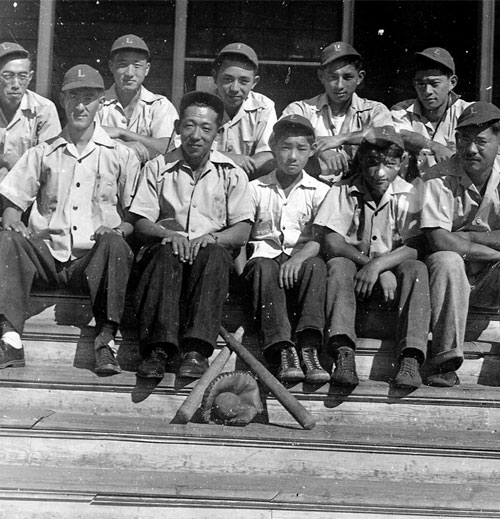
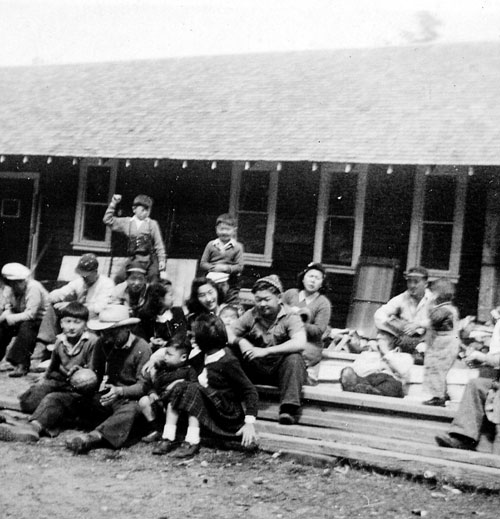
Prohibition brought an influx of US visitors
The area was first promoted as a tourist destination in the 1920s, when Prohibition in the U.S. encouraged an influx of visitors from north-east Washington, who’d often drive up for the weekend to sample the many saloons and beer parlours located in the Cascade area, just minutes from the border.
The construction of the Cascade-Rossland road in 1926 also encouraged vacationers from the Trail-Rossland area. A summer resort hotel was built on English Point in 1928-29. George Brown built and operated the Alpine Inn hotel and its assocated cabins with an inheritance collected from English relatives.
The hotel was an elegant and well-appointed structure: three stories, complete with front veranda, dance hall, beer parlour, and guestrooms offering impressive lake views.
War brought Japanese Canadians to the hotel
The hotel was run by Brown and subsequent owners until 1942, when it and its surrounding cabins were used to house Japanese families interred away from the coast for the duration of WWII.
The evacuation of Japanese-Canadians from the Pacific Coast in the early months of 1942, in the aftermath of the attack on Pearl Harbour was a reflection of a climate of wartime hysteria and racial tension that prevailed on both sides of the border. By the early 1940s nearly 23,000 people of Japanese descent resided in Canada, most of these in British Columbia.
Japanese nationals and Canadian citizens alike were forced to relocate to work camps and to detention camps in the interior of the province, to towns like New Denver, Sandon, Kaslo and Greenwood. Approximately one hundred Japanese-Canadians were relocated to the Alpine area of Christina Lake; they established a school to teach Japanese and English and had their own baseball teams.
A few families remained in the area after the last of the restrictions were lifted in 1949, others settled elsewhere.
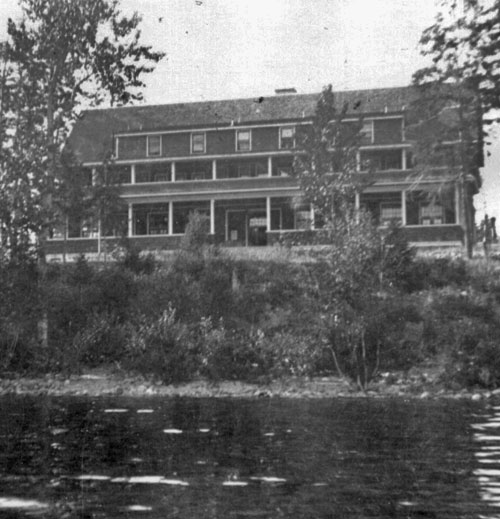
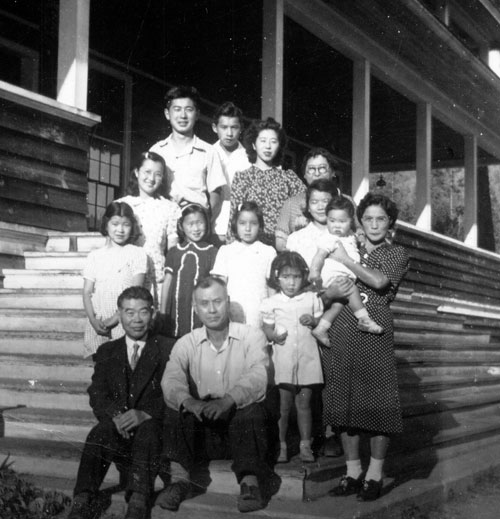
Sunflower Inn built on the Old Alpine Inn Resort site
The original hotel building burned down in 1951. Parts of the old sidewalk for the hotel still exist across the street from the Sunflower Inn. The resort area was bought in 1960 by a threesome partnership who owned and operated the Alpine Inn Resort, with cabins and camping facilities, until 1978.
In 1978 the resort was sold to a developer who strata-titled the area to form the Christina Lake Alpine Resort Association (CLARA), which still exists today. The Sunflower Inn is built on a piece of property that once held the well house for the Alpine Inn and an old wharf for boat traffic. The Sunflower Inn was built in 1994-95 by Rothon Construction and has operated as a bed and breakfast since late July 1995.
Eileen Pearkes. Extinction of History? The Sinixt People, the West Kootenay Region and a Post-Colonial Search for Landscape Truth. 2001
Paula Pryce. “Keeping the Lakes’ Way”: Reburial and the Re-Creation of a Moral World among and Invisible People. Toronto: University of Toronto Press, 1999.
Lincoln Sandner. Christina Lake: An Illustrated History. Merritt: Sonotek Pubishing Ltd, 1994.
Thank you to Nobby Hamagami, Gail Russell, and The Boundary Museum
